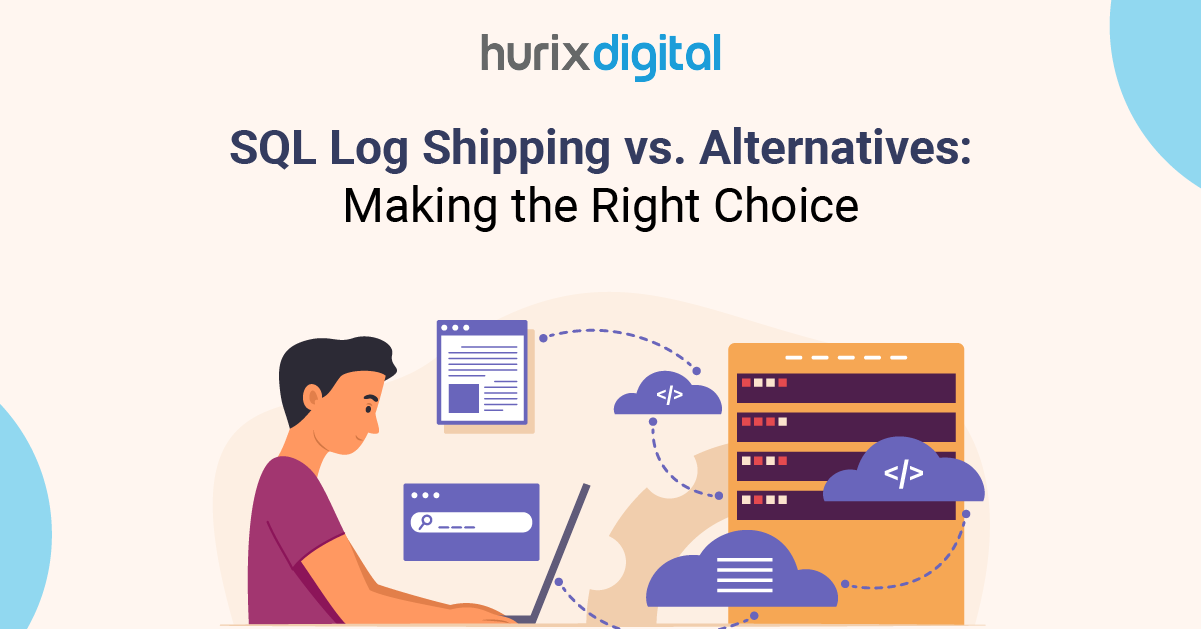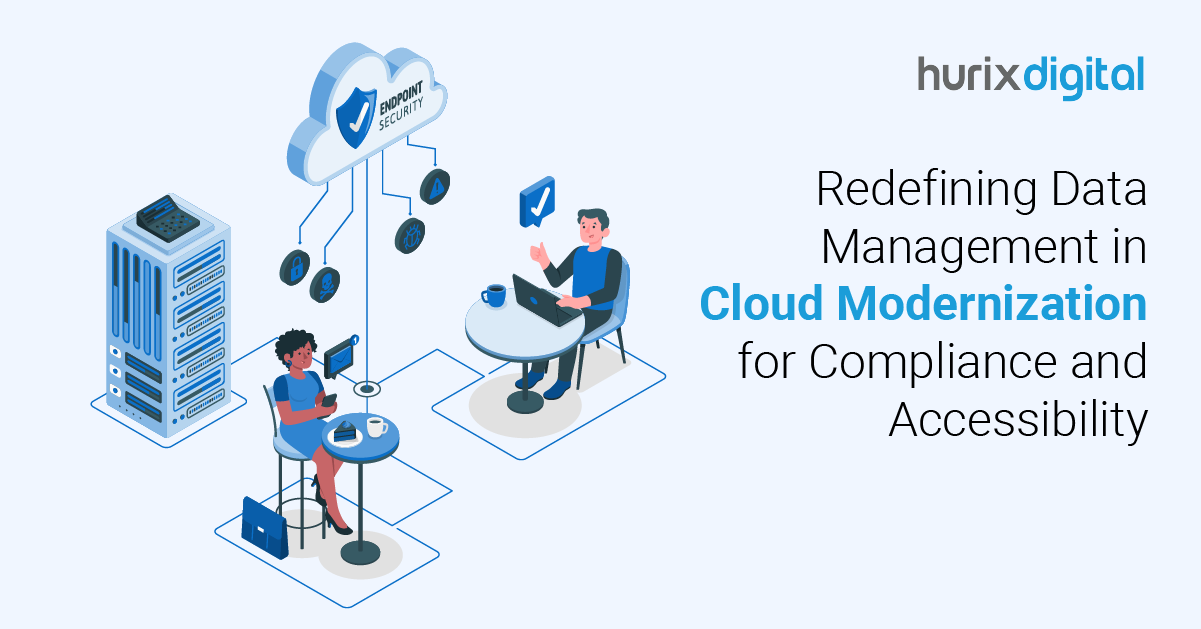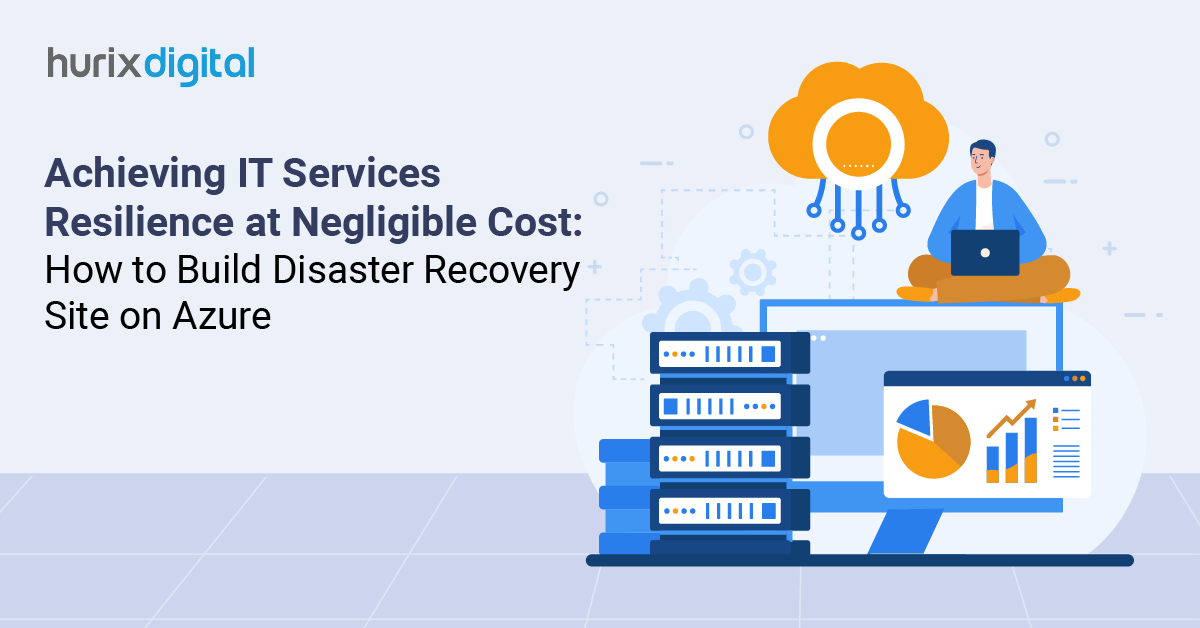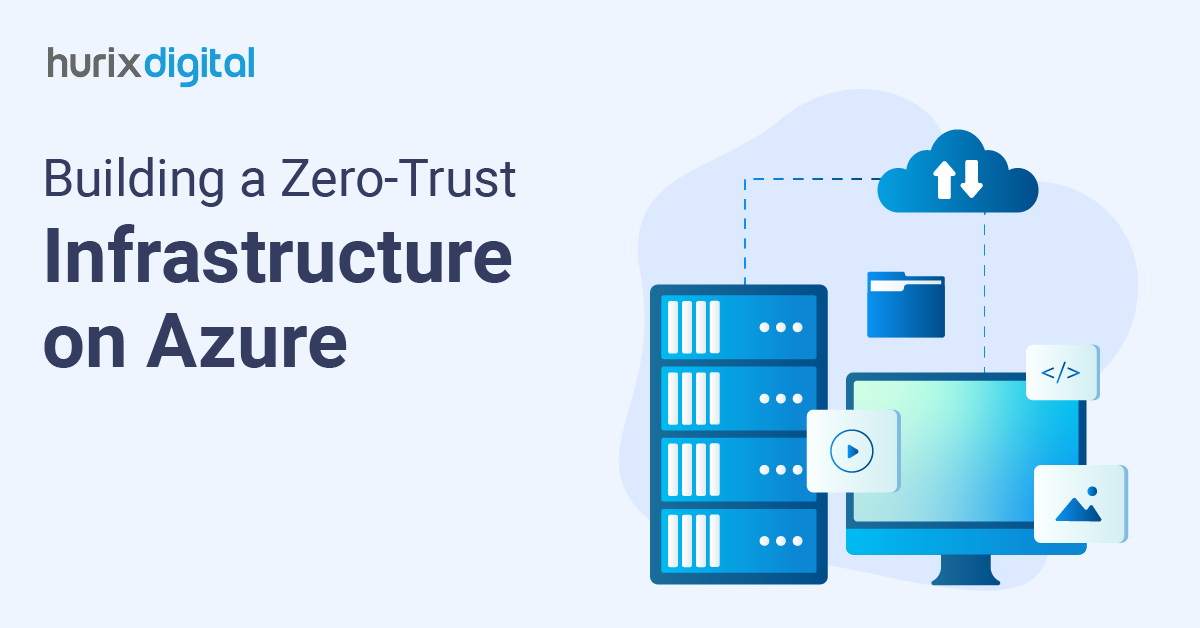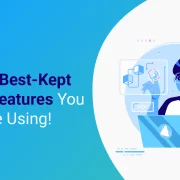
A Comprehensive CIO’s Guide to Developing a Cloud-First Strategy
Summary
This article offers a comprehensive guide for CIOs on developing a cloud-first strategy. This blog provides insights to help organizations transition smoothly to a cloud-centric approach.
Cloud-based solutions for organizations across industries have become the new norm. Several businesses are transitioning to a cloud computing strategy as it has the potential to drive business growth.
Each day the world generates 402.74 million terabytes of data and 80% of organizations utilize multiple public or private clouds.
Considering such facts, organizations understand how cloud technology is improving their agility, infrastructure resilience, and product development. Some may use it for data availability while some use it to encourage innovation,
The CIO’s guide to cloud-first strategy focuses on cloud implementation best practices and an outstanding cloud strategy roadmap, that the top leaders can follow! Let’s start!
Table of Contents:
- Embracing a Cloud-First Strategy
- Cloud First Strategy – Meaning
- Change Management for Establishing a Successful Cloud-First Strategy
- Stages of Cloud-First Strategy and Effective Cloud Strategy Roadmap for CIOs
- Redefining Cloud Computing
- Final Thoughts
Embracing a Cloud-First Strategy
The cloud-first strategy caught the eye of top industries when during the pandemic, it facilitated work-from-home opportunities. This IT infrastructure cloud granted remote employees easy access to data and other resources, thus offering flexibility to access significant information from anywhere. Let us look at some organizational facts:
- 47% of organizations are pursuing a cloud-first strategy, and 30% are already cloud-native. 48% plan to migrate at least half of their applications to the cloud in the next year, while 20% intend to move all their applications to the cloud.
- Over 94% of organizations with more than 1,000 employees have significant workloads in the cloud.
- Organizations with 1,000 or fewer employees are also making substantial investments in the cloud. Approximately 44% of traditional small businesses use cloud infrastructure.
Today, the business environment is striving for effective cloud services adoption to enhance its agility, scalability, and security.
Also Read: Free Up Your Cloud Budget: Uncovering Hidden Azure Cost Optimization Strategies
Cloud-First Strategy – Meaning
A cloud-first strategy doesn’t exclude traditional software or hardware. This strategy emphasizes the use of cloud technologies as the primary means of improving services and delivering IT services.
This cloud-first strategy helps reduce costs and improve service quality and speed. Other enterprise cloud solutions include a Cloud-Only Strategy wherein all IT resources are provided from public or private clouds. This eliminates the use of traditional data centers and helps to advance business agility and IT cost efficiency.
1. Benefits of Cloud Adoption
Key benefits of cloud adoption include:
- Systems can be developed incrementally based on business needs
- Lower equipment and maintenance expenses
- Use of powerful platforms with lower initial investments
- Cost-effective upgrade options when necessary
- Availability of skilled support for specific services
- Quicker delivery of updates, repairs, and improvements
- Enhanced collaboration within teams
- Global access to necessary tools, resources, data, and storage
2. Challenges in Implementing an Enterprise Cloud Solutions
The cloud has become indispensable today, but still, some organizations are hesitant to cloud services adoption. Here are some challenges that they face in implementing a cloud computing strategy:
- Integration with Existing Systems
- Skeptical about the compatibility and integration of cloud transformation with their legacy systems
- Worried about security during cloud implementation
- May struggle with governance issues in cloud implementation
- Could be unsure about making significant changes in organizational culture and processes and resistance to change from employees who are used to working on traditional IT systems
- Financial limitations
- The existing workforce needs to be trained for proficient in cloud technologies
3. Solutions to Tackle Challenges for Hassle-Free Cloud Migration
It is justified for CIOs to worry before cloud services adoption; however, the solutions to the challenges mentioned above are:
- Invest your time and effort to ensure that your cloud infrastructure integrates with your current technology assets.
- Protect your cloud infrastructure with comprehensive security protocols, just as you protect your on-premises infrastructure.
- Establish policies for data control and cloud usage.
- Mark a clear understanding of roles and responsibilities for maintaining cloud-based services within your organization.
- CIOs must implement effective change management strategies. Some of these are encouraging transparent communication and introducing training programs.
- Involve professional third-party consultants and technicians to assist in the cloud migration process.
- CIOs must manage cloud expenditures carefully by monitoring usage. They must fully understand the pricing models of cloud service providers, grab the best deal, and optimize resource allocation.
- CIOs must invest in continuous education and certification programs to educate their teams about cloud migration.
Change Management for Establishing a Successful Cloud-First Strategy
Here are key aspects of change management to ensure a smooth cloud transformation:
1. Clear Communication and Vision
CIOs must communicate the benefits and objectives of the cloud-first strategy. They must maintain open communication and offer regular updates about the cloud migration process.
2. Stakeholder Engagement
It is critical to secure appropriate support from top management to drive the cloud-first strategy initiative and secure necessary resources. CIOs must engage stakeholders from various departments, and gain their input and support for a smooth transition.
3. Employee Training and Education
It is significant to identify employee skill gaps and provide training programs to upskill employees. Continuous learning on IT infrastructure cloud, security, and new processes is important to keep the workforce updated.
4. Risk Management
You must conduct thorough risk assessments to identify concerns related to data security and compliance. Top leaders must introduce security protocols to protect data and ensure compliance with regulations.
5. Begin with Pilot Projects
Begin with smaller projects that are manageable to test the cloud-first approach. Then expand to larger projects based on the lessons learned from pilot projects.
Stages of Cloud-First Strategy and Effective Cloud Strategy Roadmap for CIOs
Here are the critical stages of the cloud-first strategy that should be adopted by the leaders:
Stage 1: Project Initiation
Most enterprises begin with a few initial projects to understand cloud benefits. It’s important to choose projects that deliver business value but are not critical to operations. CIOs must allow room for experimentation without significant risk. Here are some cloud implementation best practices:
- Assess current IT infrastructure, and identify which workloads are suitable for the cloud and which need to remain on-premises.
- Evaluate current costs and forecast expenditures with a cloud-first approach.
- Align the cloud strategy with business goals and establish key performance indicators to measure success.
- Identify regulatory requirements and security risks.
Stage 2: Foundation Building
After initial projects, organizations invest in larger elements to enjoy the benefits of cloud adoption across the enterprise. Some of the cloud implementation best practices include:
- Determine the best cloud model based on organizational needs. You can choose from public, private, or hybrid cloud-first strategy
- Design for flexibility to handle varying workloads and ensure integration with existing systems.
- Develop policies for implementing cloud-first strategy, data management, and compliance.
- Implement cost management practices to avoid overspending.
Stage 3: Cloud Migration
CIOs must start with an application discovery process, and then move on to individual application migrations using various best practices.
- Secure support from executive leadership and develop a communication plan to keep everyone informed.
- Provide training programs to upskill IT staff and promote cloud implementation best practices for cloud usage.
- Promote a culture that revolves around change and innovation.
- Implementation of Cloud First Strategy
CIOs must implement a phased cloud migration plan using automation tools. This stage can help them to streamline deployment processes and enhance agility. Use relevant monitoring tools to track performance and optimize cloud resources.
Stage 4: Reinvention
This stage involves making the most of cloud-first strategy capabilities to drive innovation and improve business processes. Here are some tips:
- Engage end-users early and gather feedback to improve adoption.
- Conduct regular reviews to assess progress.
- Encourage a culture of continuous improvement to keep the cloud-first strategy aligned with evolving business needs.
Redefining Cloud Computing
Cloud computing is often defined by the Federal Government. The National Institute of Standards and Technology provides specific definitions for cloud deployment models, ranging from Infrastructure as a Service to Software as a Service.
Here are some key cloud implementation best practices:
- CIOs must identify opportunities for enterprise-wide improvements being consistent with the Federal Information Technology Acquisition Reform Act.
- CIOs should oversee modernization processes, identifying Collaboration with Chief Financial Officers.
- Incorporate feedback from business units and end-users which will help minimize disruption.
- Necessitate robust encryption and modern Identity, Credential, and Access Management implementations. These measures are specifically important when you partner with external service providers.
- Service Level Agreements should ensure continuous awareness of data confidentiality, integrity, and availability.
- Employ workforce reskilling strategies focusing on training and professional development. Update their recruitment and hiring strategies.
Also Read: Top Cloud Infrastructure Providers – Who’s Leading the Pack in 2024?
Final Thoughts
A comprehensive cloud-first strategy empowers the IT and cybersecurity workforce to achieve cloud migration goals. To be cloud-smart, CIOs must adopt modern technologies and keep pace with the evolving technology landscape.
Top organizations are shifting to a cloud-first approach to encourage cost savings, encourage innovation, and achieve desired goals. CIOs can overcome organizational challenges using an effective cloud strategy roadmap within the business.
For more details and a smooth transition to a cloud-first strategy, contact the experts at Hurix Digital. The professionals will help you understand the right cloud transformation solution and help you with cloud training and development needs for your workforce.
Get in touch with us today!

Vice President and Strategic Business Unit Head – Cloud Services
A top technology management voice on LinkedIn with 20 Years of experience in Information Technology, Cloud Services, Digital Transformation, Application Modernisation, Managed Services, IT Security Engineering and Operations Management. An avid technology Leader, Leadership Speaker, Author & Coach.

